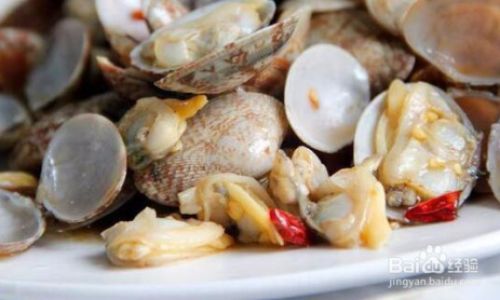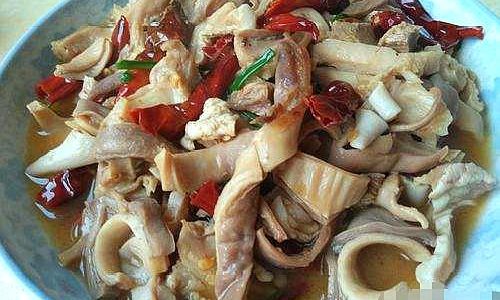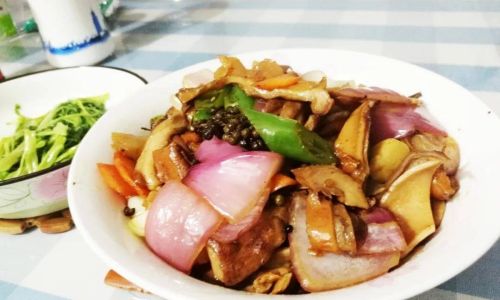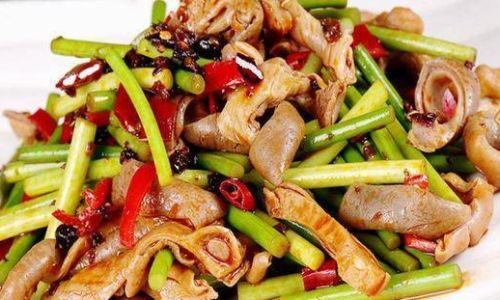Introduction
Chestnuts and lotus root, two ingredients steeped in culinary tradition, offer a fascinating duality in textures and flavors. Chestnuts, with their earthy sweetness and creamy flesh, are revered for their versatility in both sweet and savory dishes. Lotus root, on the other hand, boasts a crisp, water-chestnut-like texture and a subtle, floral taste that adds intrigue to meals. Together, these ingredients can elevate simple recipes into gourmet experiences. This article explores the history, nutritional benefits, and cooking techniques for chestnuts and lotus root, culminating in a step-by-step guide to creating a harmonious dish that marries their unique qualities.
Chestnuts: A Nutritional Powerhouse
Chestnuts (Castanea spp.) have been a dietary staple for millennia, with archaeological evidence tracing their consumption back to ancient civilizations in Europe and Asia. Unlike other nuts, chestnuts are low in fat and high in complex carbohydrates, making them a valuable energy source. They are also rich in vitamin C, fiber, and essential minerals like potassium and magnesium.
There are numerous chestnut varieties, each with distinct flavors and textures. The European chestnut (Castanea sativa) is prized for its large, glossy nuts with a mild, buttery taste. In contrast, the Chinese chestnut (Castanea mollissima) offers a sweeter, more robust flavor. Japanese chestnuts (Castanea crenata) are smaller and starchier, often used in desserts.

When selecting chestnuts, choose firm, glossy specimens free of mold or cracks. Store them in a cool, dry place or refrigerate for extended shelf life. Before cooking, score the flat side of each nut with an “X” to prevent bursting during roasting or boiling.
Lotus Root: The Aquatic Delicacy
Lotus root (Nelumbo nucifera) is a rhizome native to Asia, prized for its crunchy texture and ornamental appearance. Its cultural significance spans millennia, symbolizing purity and enlightenment in Buddhist and Hindu traditions. Nutritionally, lotus root is a low-calorie vegetable rich in vitamin C, dietary fiber, and antioxidants like flavonoids.
The lotus root’s appearance is striking—a cylindrical tuber with a beige exterior and a lacy, star-shaped pattern when sliced crosswise. When selecting lotus root, look for firm, unblemished specimens with smooth skin. Avoid those with soft spots or a shriveled texture. Store lotus root in a cool, dark place or submerged in water in the refrigerator to maintain crispness.
Cooking Techniques for Chestnuts
- Roasting: Preheat the oven to 400°F (200°C). Score chestnuts and place them on a baking sheet. Roast for 15–20 minutes, shaking the pan occasionally. Peel while warm, as the shells harden upon cooling.
- Boiling: Simmer scored chestnuts in salted water for 20–30 minutes. Drain and peel immediately. This method yields softer nuts ideal for purées or stuffing.
- Grilling: Toss chestnuts in olive oil and grill over medium heat for 10–15 minutes, turning frequently. The smoky flavor complements salads and roasted meats.
- Puréeing: Boil chestnuts until tender, then blend with milk, butter, and a pinch of nutmeg for a luxurious side dish or pasta filling.
Cooking Techniques for Lotus Root
- Stir-Frying: Slice lotus root into thin rounds or matchsticks. Stir-fry with garlic, ginger, and soy sauce for a crisp, aromatic side dish.
- Braising: Simmer lotus root in dashi broth with soy sauce, mirin, and sugar until tender. Serve as a warm appetizer or over rice.
- Pickling: Submerge sliced lotus root in a vinegar-based brine with chili flakes and sugar. Refrigerate for 24 hours for a tangy condiment.
- Deep-Frying: Coat lotus root slices in rice flour and fry until golden. Sprinkle with salt and serve as a crunchy snack.
A Harmonious Duo: Chestnut and Lotus Root Stew
This stew combines the creaminess of chestnuts with the crunch of lotus root, creating a symphony of textures. Serve it with crusty bread or steamed rice for a comforting meal.

Ingredients
- 2 cups fresh chestnuts (or vacuum-packed, pre-peeled)
- 1 large lotus root (about 1 lb/450g)
- 1 onion, diced
- 3 garlic cloves, minced
- 1 tbsp olive oil
- 4 cups vegetable broth
- 1 cup dry white wine
- 1 tbsp tomato paste
- 1 tsp smoked paprika
- 1 bay leaf
- 1 tbsp fresh thyme leaves
- Salt and pepper to taste
- 2 tbsp heavy cream (optional)
- Fresh parsley, chopped (for garnish)
Instructions
- Prepare the Chestnuts: If using fresh chestnuts, score and roast as described earlier. Peel and set aside. If using pre-peeled, rinse and pat dry.
- Prep the Lotus Root: Peel the lotus root using a vegetable peeler. Slice into ¼-inch rounds, then cut each round into half-moons. Submerge in water with a splash of vinegar to prevent browning.
- Sauté Aromatics: Heat olive oil in a large pot over medium heat. Add onion and garlic, sautéing until translucent (5 minutes).
- Build the Broth: Stir in tomato paste, smoked paprika, and bay leaf. Cook for 1 minute, then deglaze with white wine, scraping up any browned bits.
- Simmer: Add vegetable broth, chestnuts, and lotus root. Bring to a boil, then reduce heat to low. Simmer for 25–30 minutes, or until lotus root is tender but retains a slight crunch.
- Finish: Stir in thyme and heavy cream (if using). Season with salt and pepper. Remove bay leaf.
- Serve: Ladle into bowls and garnish with parsley. Pair with crusty bread for dipping.
Creative Pairings and Modern Twists
- Chestnut and Lotus Root Salad: Toss roasted chestnuts, pickled lotus root, arugula, and pomegranate seeds with a honey-mustard vinaigrette.
- Stuffed Vegetables: Stuff zucchini or bell peppers with a mixture of chestnut purée, lotus root matchsticks, and quinoa. Bake until tender.
- Dessert Medley: Layer chestnut mousse, candied lotus root, and dark chocolate shavings in a parfait glass for an elegant dessert.
Conclusion
Chestnuts and lotus root, though distinct in origin and texture, unite in culinary harmony. Their adaptability allows home cooks to experiment across cuisines, from rustic stews to elegant appetizers. By understanding their unique properties and employing simple techniques, you can transform these humble ingredients into showstopping dishes. Whether you’re a seasoned chef or a curious novice, the marriage of chestnuts and lotus root invites creativity and rewards with depth of flavor. So, embrace the crunch of lotus root and the creaminess of chestnuts—your palate will thank you.






0 comments